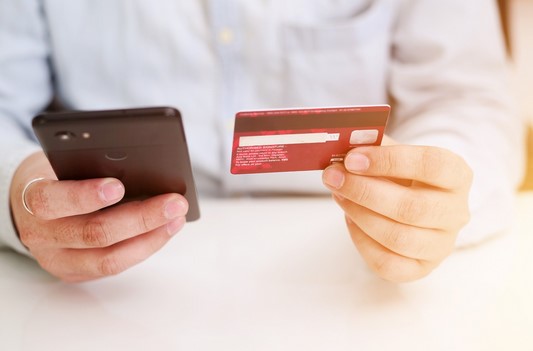In today’s increasingly digital world, the way we make payments is undergoing a profound transformation. This transformation is being driven by PayTech, a fusion of “payment” and “technology.” Payment-Tech encompasses a broad spectrum of innovations, from mobile wallets and contactless payments to blockchain-based transactions and digital currencies. In this article, we’ll explore the world of PayTech, delving into its impact on the payments landscape, key technologies, and how it’s shaping the future of financial transactions.

Understanding PayTech
PayTech, short for payment technology, refers to the use of technology to facilitate and enhance payment processes. It encompasses a wide range of tools and systems designed to make payments more efficient, secure, and convenient. Payment-Tech solutions span various industries, including banking, e-commerce, retail, and even peer-to-peer transactions.
The Impact of PayTech on Payment Systems
- Digital Wallets: One of the most visible impacts of PayTech is the proliferation of digital wallets. Services like Apple Pay, Google Pay, and Samsung Pay have transformed the way we make everyday purchases. These wallets securely store payment card information and allow users to make contactless payments using their smartphones or smartwatches.
- Contactless Payments: Payment-Tech has fueled the adoption of contactless payment methods, which use near-field communication (NFC) technology to facilitate swift and secure transactions. Contactless cards and mobile payments have become the norm in retail stores, public transportation, and beyond.
- Cryptocurrencies and Blockchain: PayTech is closely linked to the rise of cryptocurrencies like Bitcoin and the underlying blockchain technology. Blockchain offers secure, transparent, and tamper-resistant transaction records, making it a game-changer in industries that rely on trust and transparency.
- Peer-to-Peer Payments: Payment-Tech has enabled seamless peer-to-peer (P2P) payments through apps like Venmo, PayPal, and Cash App. These platforms allow individuals to send money to friends and family with just a few taps on their smartphones.
- Cross-Border Transactions: Traditional cross-border payments are often slow and costly. PayTech solutions like Ripple’s blockchain-based platform aim to expedite these transactions, reducing fees and enhancing efficiency.
Key Technologies in PayTech
- Near-Field Communication (NFC): NFC technology enables contactless payments by allowing devices to communicate when brought close together. It’s the technology behind tap-and-go payments using smartphones and cards.
- QR Codes: Quick Response (QR) codes have gained popularity as a simple and versatile method for making payments. Users can scan QR codes to initiate transactions, eliminating the need for physical cards or cash.
- Biometric Authentication: PayTech is increasingly incorporating biometric authentication methods like fingerprint and facial recognition to enhance security in payment processes.
- Smart Contracts: In blockchain-based PayTech solutions, smart contracts automate and enforce the terms of a contract, making transactions more efficient and reducing the need for intermediaries.
Challenges and Future Prospects
While PayTech has ushered in a new era of convenience and security in payments, it also faces challenges. Security and privacy concerns, regulatory issues, and the need for interoperability between different payment systems are among the hurdles PayTech must address. However, the future appears promising. Innovations like central bank digital currencies (CBDCs) and the growing integration of PayTech into Internet of Things (IoT) devices suggest that the digital payments landscape will continue to evolve.
Conclusion
PayTech is at the forefront of the digital payment revolution, reshaping how we conduct financial transactions. From digital wallets and contactless payments to cryptocurrencies and blockchain technology, PayTech is enabling faster, more secure, and more convenient ways to pay. As the technology continues to advance and adapt to changing consumer preferences and global trends, we can expect further innovations that will continue to transform the payments landscape in the digital age. PayTech is not just about making payments; it’s about reimagining the entire payment experience for a more connected and efficient world.




